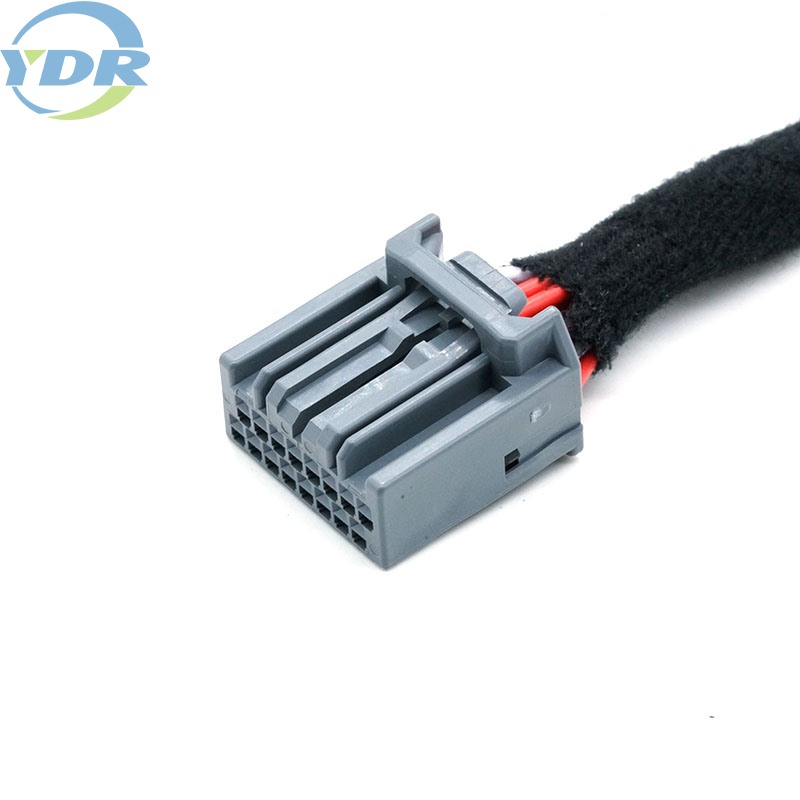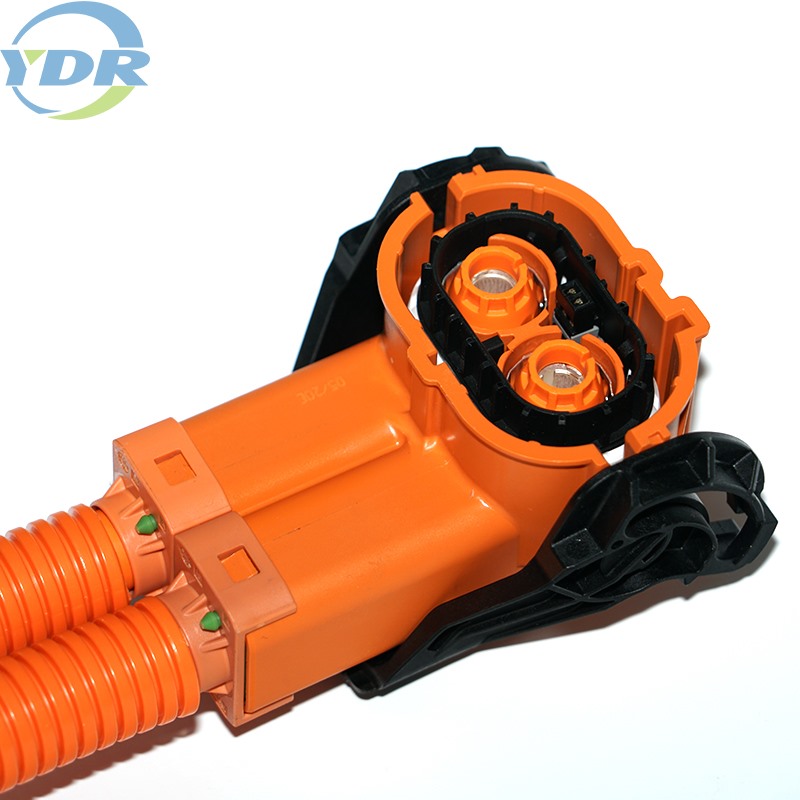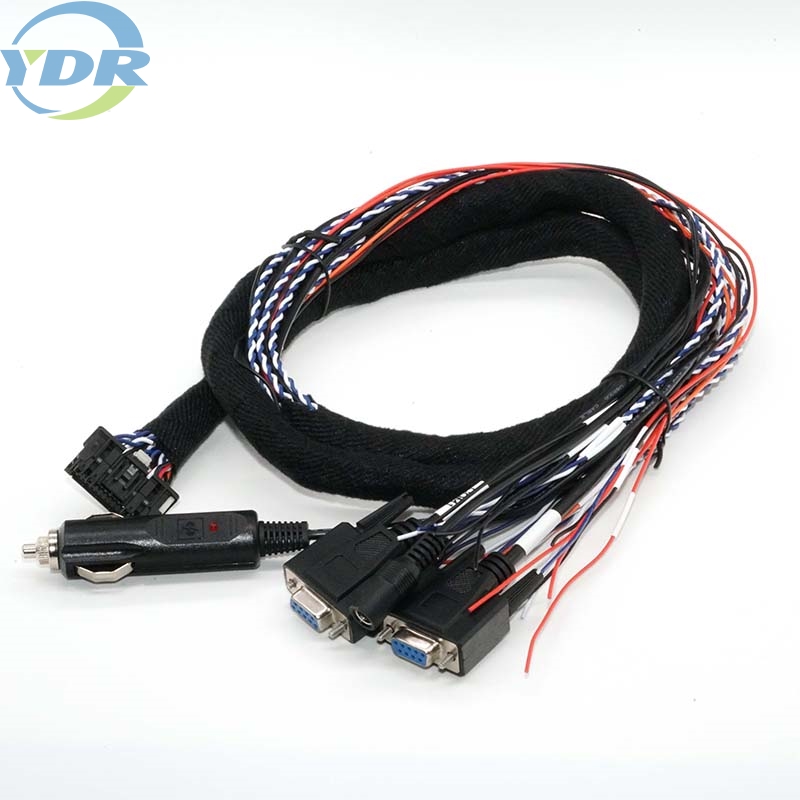A wire harness and a cable assembly are terms often used in the field of electronics and electrical engineering, and while they share some similarities, they refer to different concepts.

A wire harness is a bundled arrangement of wires or cables that are bound together with materials like tape, conduit, or cable ties.
It typically consists of multiple wires, each with its own conductor, insulation, and color-coding for identification.
Wire harnesses are commonly used to organize and protect wires in applications like automobiles, aircraft, and electronic devices.
They may include additional components such as connectors, terminals, and protective sleeves.

A cable assembly is a more general term that refers to a group of wires or cables with connectors or terminations at one or both ends.
It includes not only the wires but also the connectors, terminals, and any other components necessary for the specific application.
Cable assemblies can be more complex and versatile, as they may include various types of cables (such as power cables, data cables, or coaxial cables) and connectors tailored to a specific purpose.
They are used in a wide range of industries, including telecommunications, computer hardware, and industrial equipment.
In summary, a wire harness is a bundled arrangement of wires, often with additional components for organization and protection, while a cable assembly is a complete unit that includes not only the wires but also connectors and other necessary elements for a specific application.

 English
English  Español
Español  Português
Português  русский
русский  Français
Français  日本語
日本語  Deutsch
Deutsch  tiếng Việt
tiếng Việt  Italiano
Italiano  Nederlands
Nederlands  ภาษาไทย
ภาษาไทย  Polski
Polski  한국어
한국어  Svenska
Svenska  magyar
magyar  Malay
Malay  বাংলা ভাষার
বাংলা ভাষার  Dansk
Dansk  Suomi
Suomi  हिन्दी
हिन्दी  Pilipino
Pilipino  Türkçe
Türkçe  Gaeilge
Gaeilge  العربية
العربية  Indonesia
Indonesia  Norsk
Norsk  تمل
تمل  český
český  ελληνικά
ελληνικά  український
український  Javanese
Javanese  فارسی
فارسی  தமிழ்
தமிழ்  తెలుగు
తెలుగు  नेपाली
नेपाली  Burmese
Burmese  български
български  ລາວ
ລາວ  Latine
Latine  Қазақша
Қазақша  Euskal
Euskal  Azərbaycan
Azərbaycan  Slovenský jazyk
Slovenský jazyk  Македонски
Македонски  Lietuvos
Lietuvos  Eesti Keel
Eesti Keel  Română
Română  Slovenski
Slovenski  मराठी
मराठी  Srpski језик
Srpski језик 







